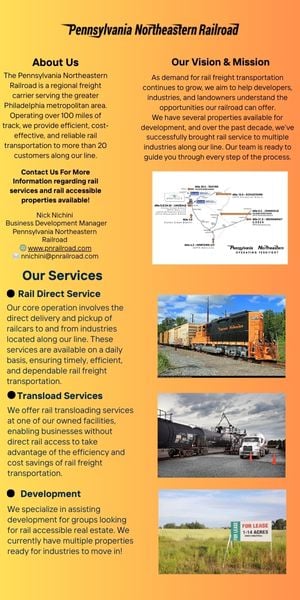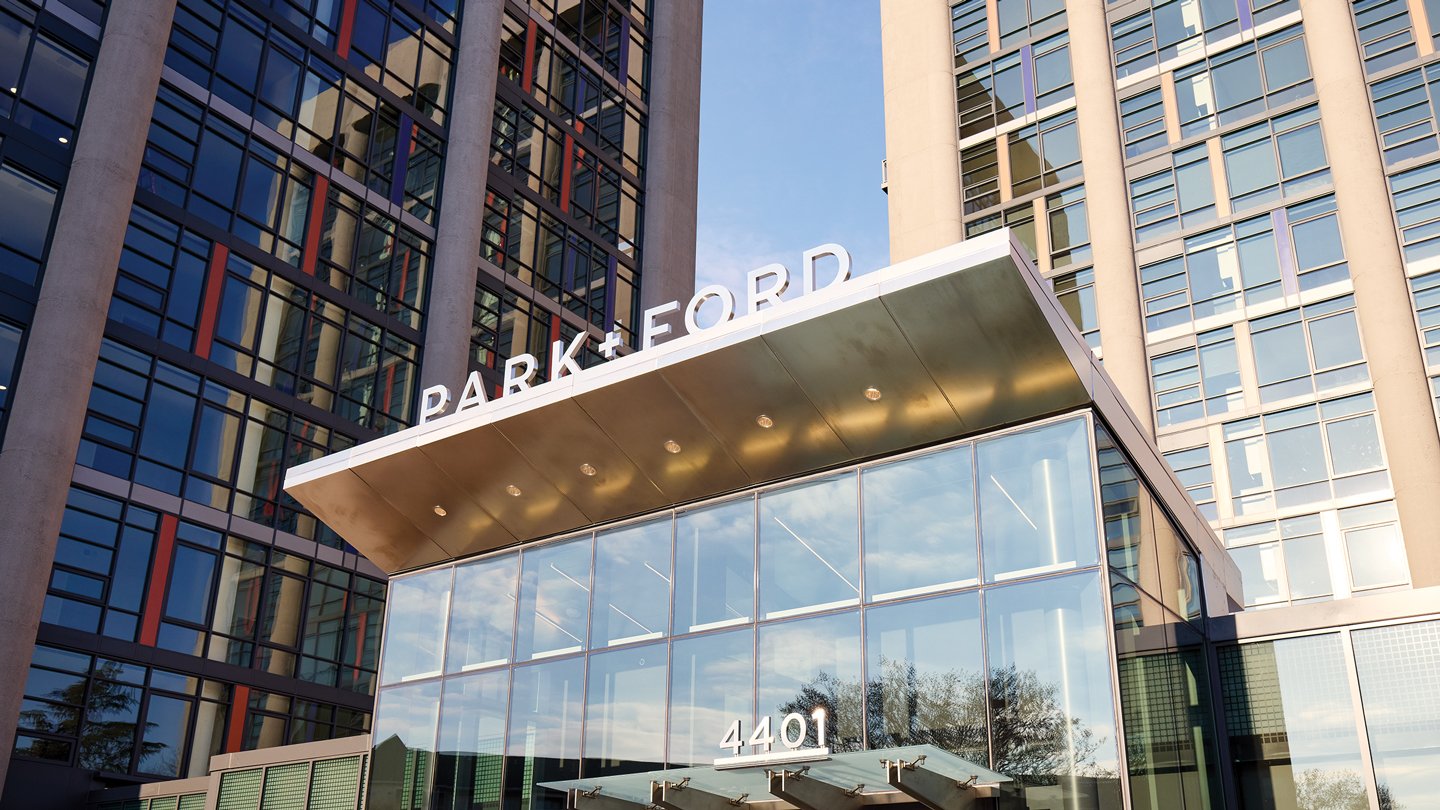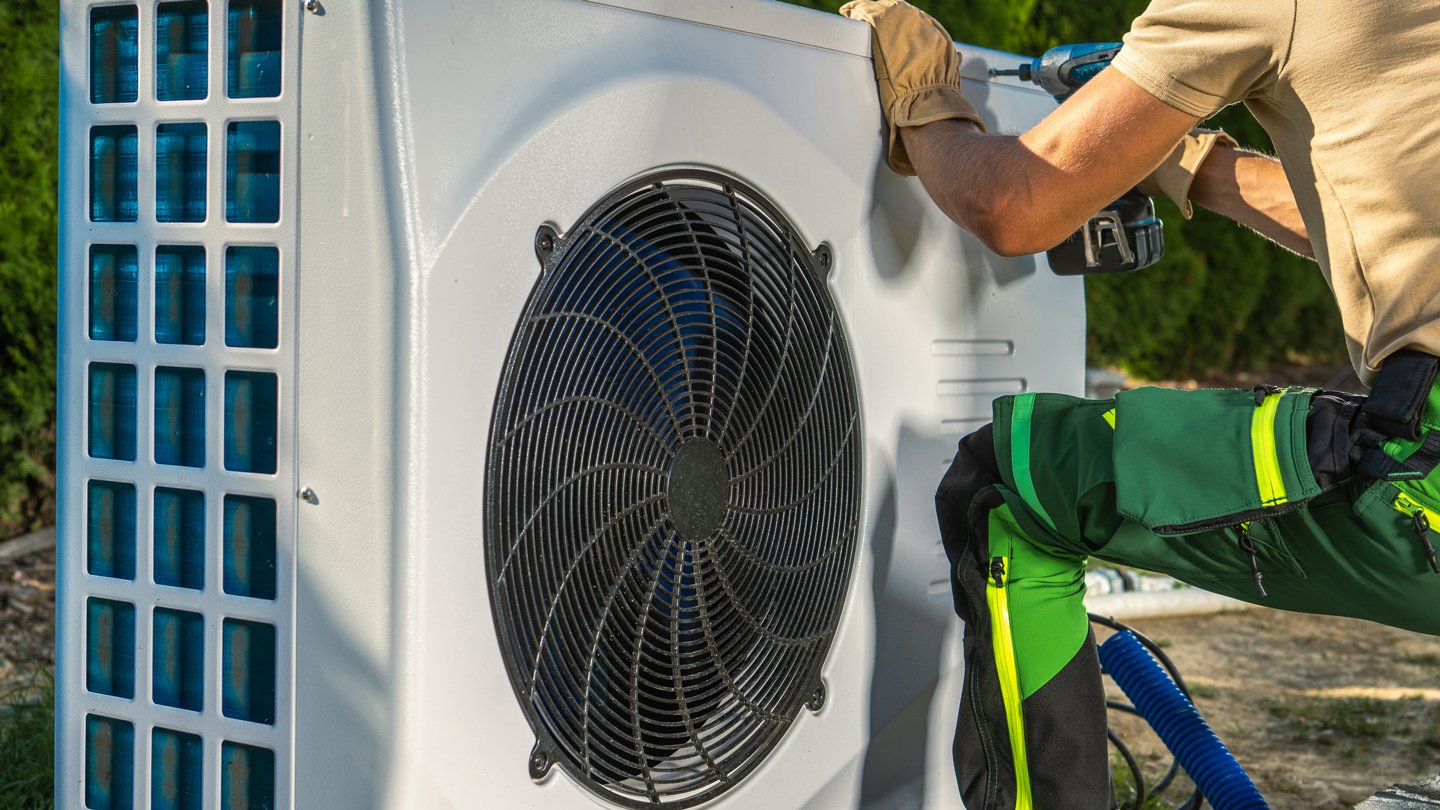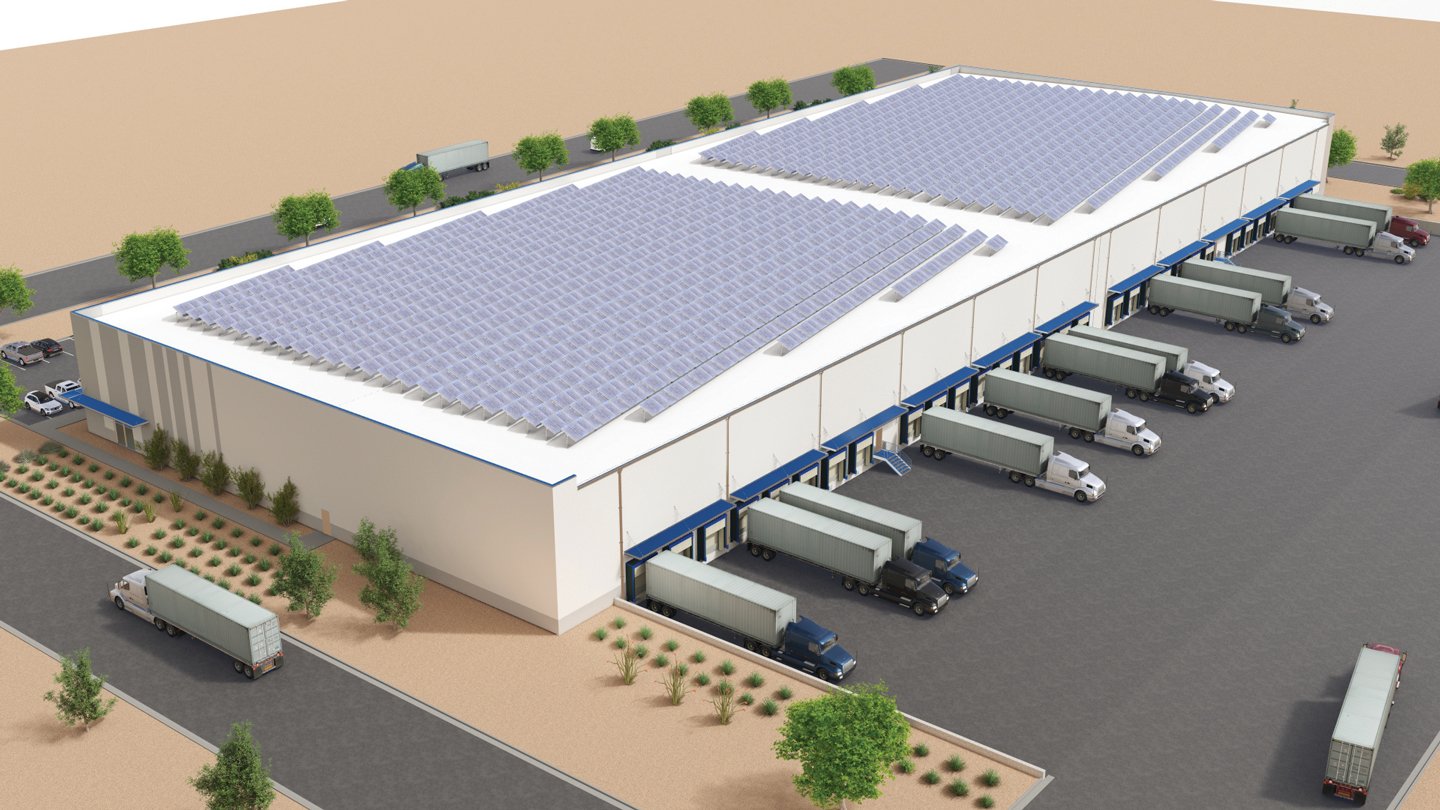Siphonic Roof Drains Can Move Water More Efficiently

These systems harness the power of the siphon effect, which can reduce costs and increase design flexibility on projects.
When it comes to new commercial construction, saving money is always a top priority for builders and property owners. However, many overlook one area that can produce significant savings: choosing the right type of roof drain.
The traditional approach to storm drainage has focused on using gravity to move water away from buildings and other structures. However, siphonic drainage technology can provide a more cost-effective way to do this, particularly for large buildings with flat roofs, such as industrial facilities.
The Technology in Action
How does a siphonic drainage system work? During a rain event, gravity initially moves the water that collects on the roof toward the roof drains, which are like a traditional drainage system. As the rainwater enters the roof drains, it empties into the siphonic drainage pipes, which are narrower than standard pipes and are designed to fill completely with water. That’s different from a traditional gravity system in which the pipes only partially fill with water. Because air takes up the rest of the space in a gravity system, it creates a vortex that slows the movement of water.
Once the pipes fill to a certain point, a baffle at the roof drain reduces the amount of air entering the system. That creates a siphon effect, which works to “pull” the water through the piping. That siphonic action dramatically increases the water’s velocity and flow rate, enabling it to travel upward in horizontal pipes, or against gravity. This allows more flexibility in the routing of the pipes. Finally, the water discharges into a stormwater drainage system or rainwater harvesting system.
Siphonic storm drainage provides several financial benefits. Because these systems use up to 80% fewer downpipes, installation costs are greatly reduced. Additionally, siphonic drainage typically comes with lower maintenance expenses and improved overall system efficiency. Together, these factors can lead to a longer lifespan for the roof drain system and the building itself, resulting in significant cost savings over time.
Maintenance and Repair Costs
Siphonic drainage systems are more efficient than traditional drainage systems. Because they use the siphon effect to draw water into the system, they can move larger amounts of water, with smaller diameter pipes, in a shorter amount of time. This means that buildings with siphonic drainage systems are less likely to experience flooding or water damage during heavy rain events. In contrast, extreme downpours can overwhelm traditional drainage systems, which can result in costly damage to buildings and infrastructure. By preventing flooding and water damage, siphonic systems help reduce overall facility maintenance and repair costs.
Lower Lifetime Maintenance Costs
The high rate of water flow in siphonic drainage systems can serve as a self-cleaning mechanism for the pipes. This means they typically need less maintenance than traditional drainage systems, which require time-consuming and expensive regular cleaning to prevent blockages and ensure that water flows smoothly. Because of this, building owners and managers can save a significant amount of money on maintenance costs over the life of the building by using siphonic drainage. However, it is critically important to ensure that regular maintenance is performed on these systems, because any clogs caused by leaves or other debris can impact the siphonic action and lead to impaired performance.
Smaller Pipes
Because traditional drainage systems rely on gravity to move water, they require a significant amount of space to function properly. This means buildings must be designed with large sloping roofs and adequate space for drainage pipes and gutters. With siphonic drainage, the pipe is installed with no pitch, and it is generally half the diameter of gravity-sized pipe. Because the system requires less space, this can reduce overall building height, eliminate vertical stacks by connecting multiple drains, and route the pipes to the most optimal location. By maximizing space, building owners and managers can save money on construction costs.
Another advantage of siphonic drainage is its ability to enhance design possibilities. Because the system requires less space, architects have more freedom to explore different design options. They can incorporate features such as irregular roof shapes or complex building facades without worrying about how they will impact the drainage system. This allows for more creativity in the design process and can result in more visually striking buildings.
Costs and Excavation
Traditional drainage systems require a complex network of pipes and drains, which can be time-consuming and expensive to install. The significant excavation needed for these systems can increase the cost of installation and prolong construction timelines. Siphonic drains utilize a more efficient design that allows for faster and easier installation at a lower cost. This means that building owners and managers can save money on installation costs, which can be a significant expense in the construction of a new building or the renovation of an existing one.
Siphonic systems can provide a more efficient and cost-effective solution to drainage problems while costing from 25% to 40% less than traditional drainage systems. By preventing flooding and water damage, requiring less maintenance, maximizing space, and reducing installation and operating costs, they can save building owners and managers significant amounts of money. As the demand for sustainable and cost-effective building practices continues to grow, siphonic storm drainage has emerged as a popular alternative to traditional drainage systems.
Brennan Doherty is the director of siphonic drainage for MIFAB HydroMax.
RELATED ARTICLES YOU MAY LIKE
Facility Managers Must Prepare for an All-Electric Future
Fall 2023 Issue







